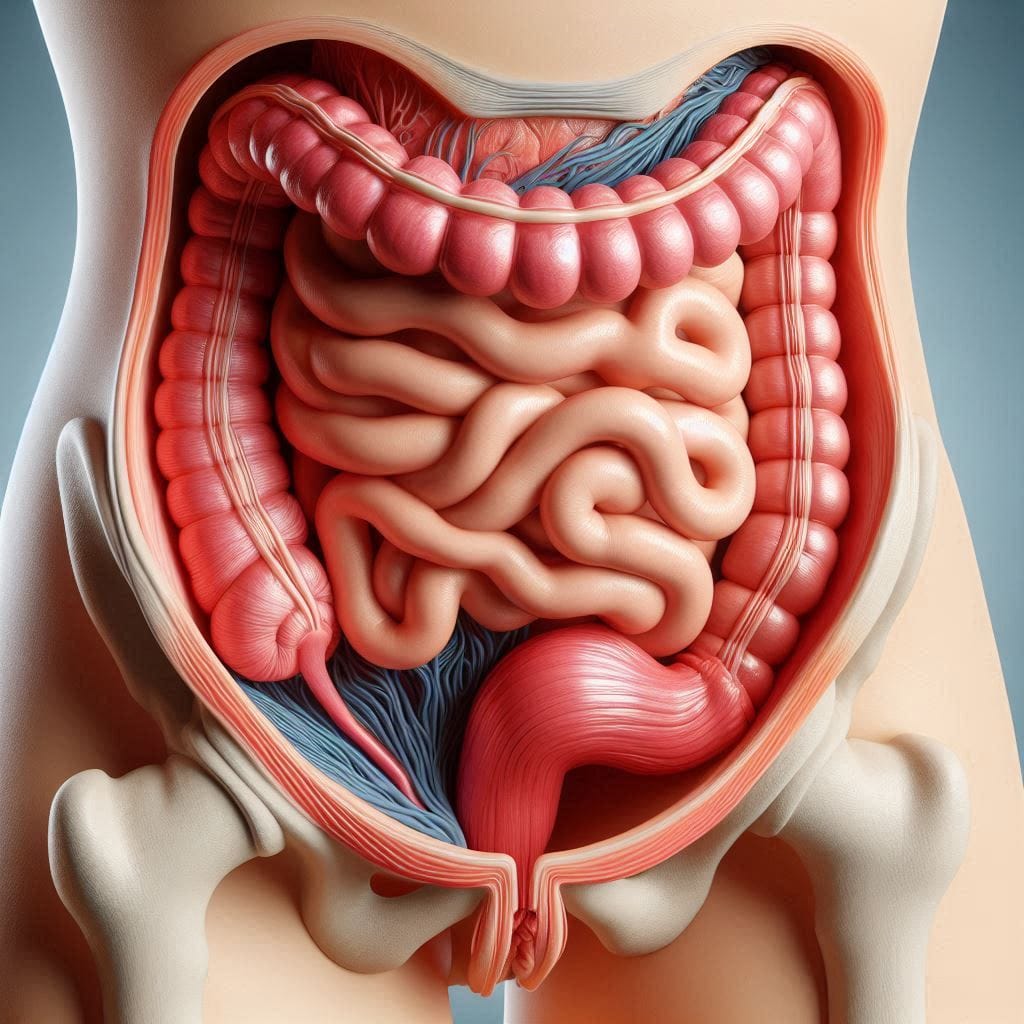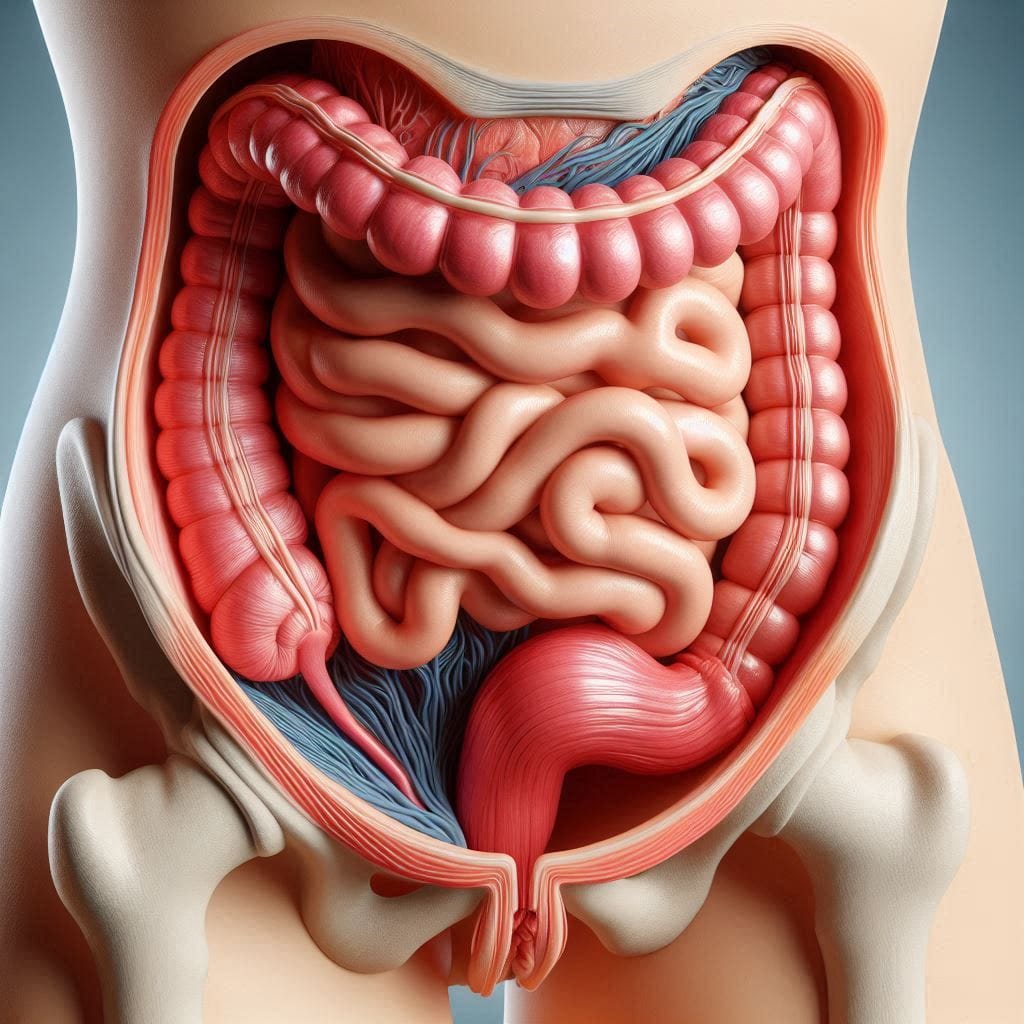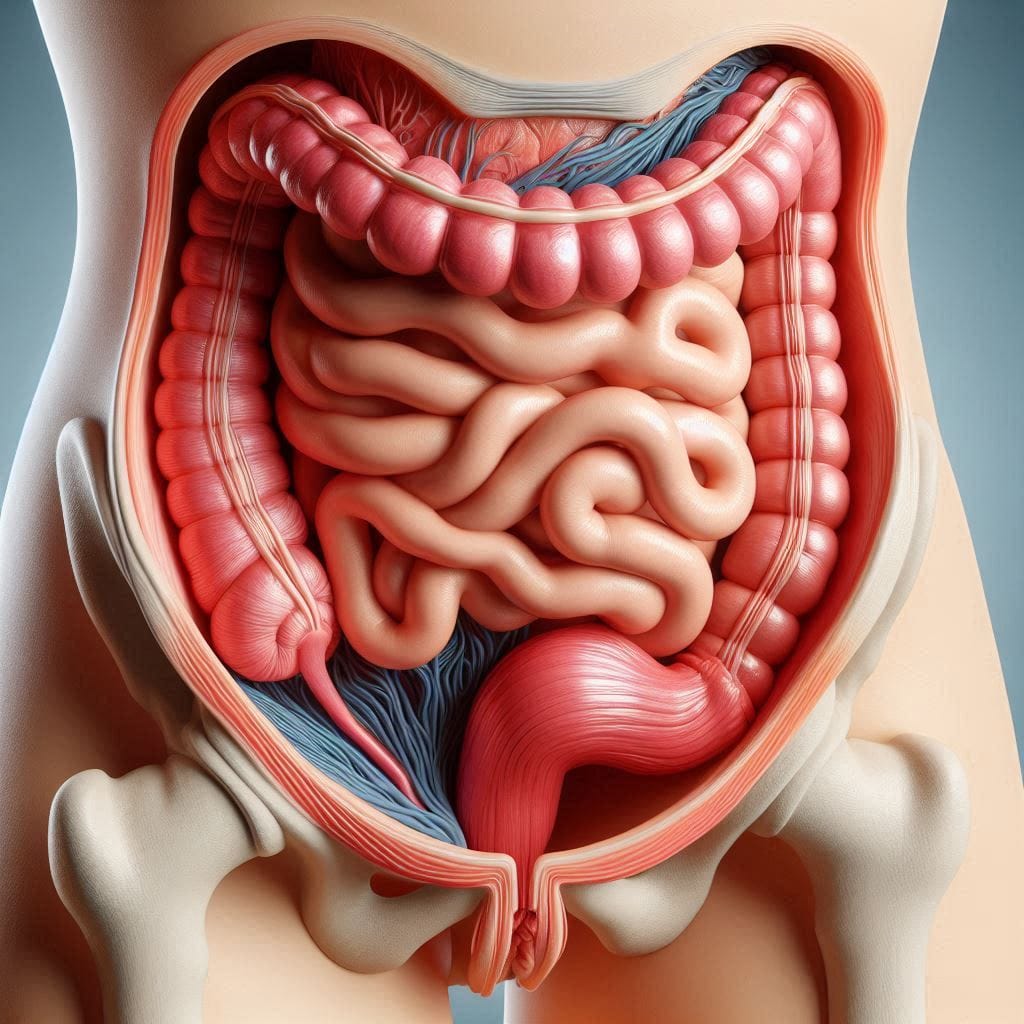Health desk
Sandeep Dhand Ludhiana
Journalist and Research Analysist
What is a Hernia?
A hernia occurs when an organ or tissue pushes through a weak spot in the surrounding muscle or connective tissue. It often affects the abdominal wall but can occur in various parts of the body. The most common types of hernias include:
- Inguinal Hernia: Occurs in the groin area and is more common in men.
- Umbilical Hernia: Appears near the belly button and is common in infants.
- Hiatal Hernia: Occurs when part of the stomach pushes into the chest cavity through the diaphragm.
- Femoral Hernia: Appears near the upper thigh and groin, more common in women.
- Incisional Hernia: Develops at the site of a previous surgery.

Causes of Hernias
Hernias are usually caused by a combination of muscle weakness and strain. Factors that may contribute include:
Chronic coughing or sneezing
Obesity
Pregnancy
Heavy lifting
Previous surgeries
Aging
Symptoms of Hernias
Common signs and symptoms of a hernia include:
A noticeable bulge in the affected area
Pain or discomfort, especially when bending over, coughing, or lifting
A feeling of pressure or weakness
In some cases, nausea, vomiting, or difficulty swallowing (especially with hiatal hernias)
When is Surgery Needed?
Not all hernias require surgery immediately. However, surgery is usually recommended if:
The hernia is causing pain or discomfort
There is a risk of complications like strangulation, where the hernia becomes trapped and blood supply is cut off
The hernia is growing larger over time
Types of Hernia Surgery

There are two main types of hernia surgery:
- Open Hernia Repair (Herniorrhaphy):
Involves a single large incision at the hernia site.
The surgeon pushes the bulging tissue back into place and repairs the weakened area with stitches.
Sometimes a mesh is used to reinforce the area, known as hernioplasty.
Recovery time can be longer compared to laparoscopic surgery, but it may be more suitable for larger hernias.
- Laparoscopic (Minimally Invasive) Surgery:
A less invasive procedure where small incisions are made in the abdomen.
The surgeon uses a laparoscope (a thin tube with a camera) to guide the surgery.
Mesh is usually placed to strengthen the muscle wall.
Recovery is quicker, with less post-operative pain, but not all hernias can be treated this way.
Procedure Overview
Preparation: Before surgery, the patient undergoes tests to assess their health and the hernia’s condition. The patient is usually advised to avoid food and drink for several hours before surgery.
Anesthesia: Hernia surgery is performed under general anesthesia or local anesthesia with sedation, depending on the type of hernia and procedure.
Surgical Steps: In open surgery, a single incision is made, while in laparoscopic surgery, multiple small incisions are created. The surgeon will then repair the hernia by either stitching or reinforcing the weak area with a synthetic mesh.
Closure: The incisions are closed with stitches or surgical staples, and a dressing is applied.
Recovery After Surgery
Recovery depends on the type of surgery, but typically includes:
Post-Operative Care: Patients may be able to go home the same day for laparoscopic surgery, while open surgery may require a short hospital stay.
Activity: Most patients are advised to avoid heavy lifting and strenuous activities for several weeks.
Pain Management: Pain and discomfort are common in the initial days after surgery, and painkillers are often prescribed.
Healing: Full recovery from hernia surgery usually takes 3 to 6 weeks. Laparoscopic procedures have a faster recovery time, but both types of surgery require rest and care to ensure proper healing.

Risks and Complications
While hernia surgery is generally safe, potential risks include:
Infection at the incision site
Recurrence of the hernia
Chronic pain (more common in open surgery)
Bleeding or blood clots
Damage to surrounding tissues
Preventing Hernias Post-Surgery
Avoiding heavy lifting for the recommended period
Maintaining a healthy weight
Strengthening abdominal muscles with appropriate exercises
Quitting smoking to prevent coughing, which can strain muscles
Conclusion
Hernia surgery is a common and generally safe procedure that effectively treats various types of hernias. Patients should follow their surgeon’s post-operative instructions carefully to ensure a smooth recovery and reduce the risk of recurrence.
Always consult with a healthcare professional to determine the best treatment option based on your specific condition and health status.
